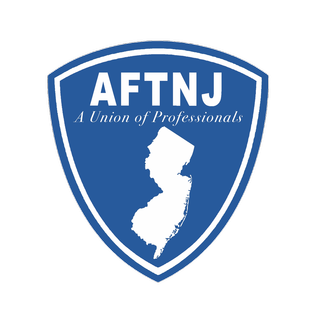By Kevin Kiley
After a 25-year drought of state bond money for higher education capital projects, the $750 million general obligation bond recently approved by New Jersey voters was a welcome influx of funds.
“This will not only help our institutions of higher learning attract and retain students, and in turn, industries looking for a capable work force, but it will create jobs as improvement projects get under way. It’s an all-around win,” Sheila Y. Oliver, speaker of the state’s General Assembly, said shortly after the measure passed.
Back in the fall, both Democrats and Republics rallied behind the ballot measure, and public and private university presidents pushed for its passage. But as the project moved from an abstract pool of money to a concrete list of projects, the process for determining who gets what raised several divisive issues.
Since earlier this month, when the state’s secretary of higher education released the proposed list of projects to be financed by the bond – as well as $550 million in additional capital funding from various state funds – several items on the list have come under scrutiny, including funding for two religious institutions and a hospital that will soon move outside the auspices of the state’s higher education system. At the same time, some public colleges and universities have argued that they are not getting their fair share. Those criticisms have attracted the attention of state legislators, who have to either approve the entire list of projects or send it back to the secretary’s office to be revised.
Tensions around which projects are slated to receive funding are partly the result of the process. Governor Chris Christie’s office has refused to make public either the applications from various institutions or the methodology the secretary used to formulate the proposed list of projects. As a result, critics have raised questions about the motives behind the allocation of funds, including allegations that the governor traded public dollars for political support.
More>>



